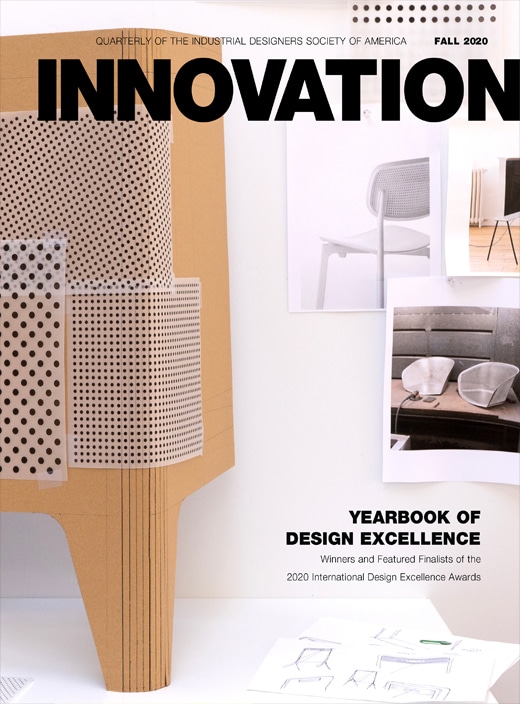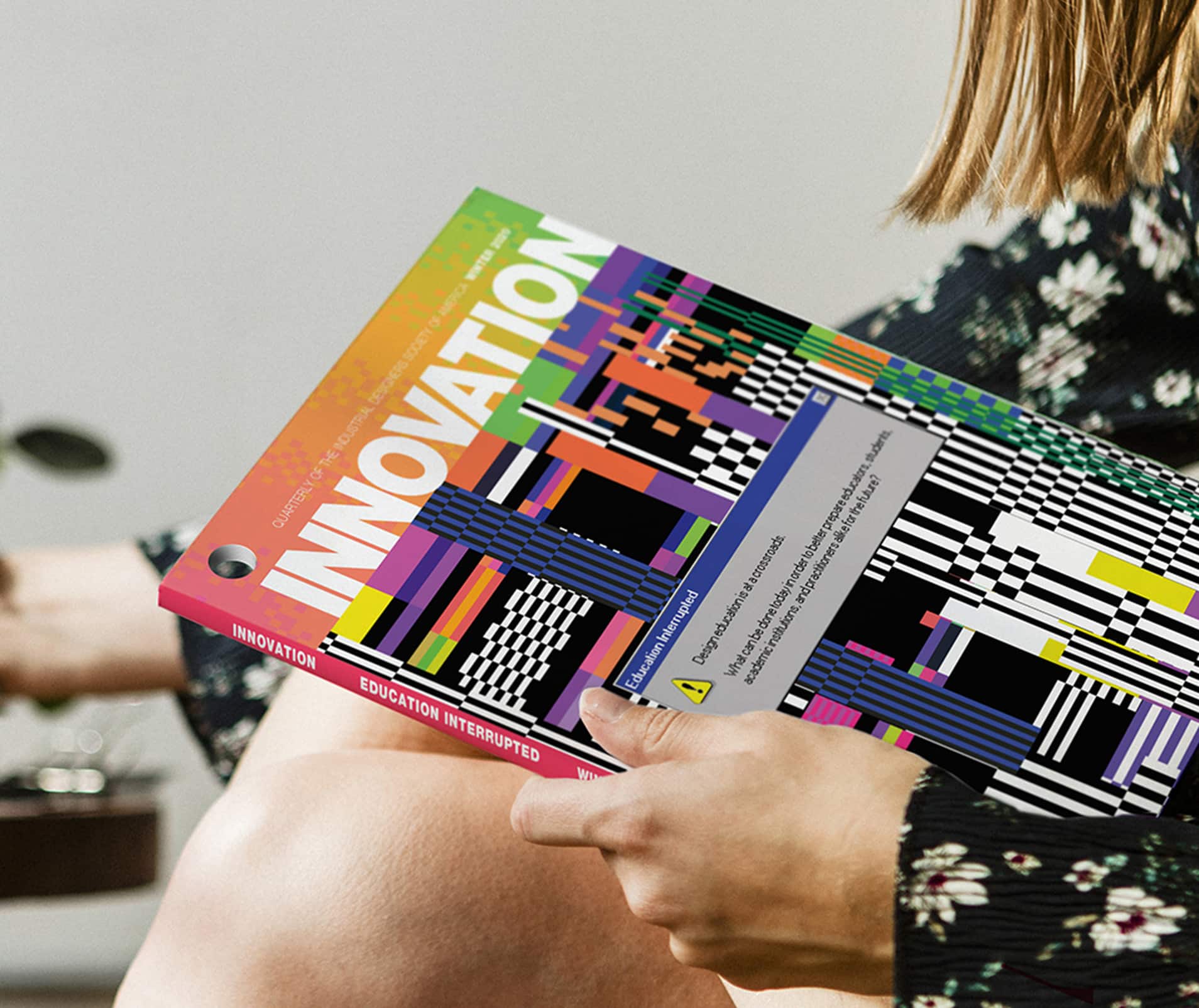As I write this, it was nearly a year ago to the day that I accepted the honor of chairing the 2020 IDEA jury. I can’t say that the experience has been what I expected. The world in which we find ourselves has changed dramatically due to the global coronavirus pandemic and the Black Lives Matter (BLM) movement for racial justice.
In the spring, the team at IDEA deftly transitioned from the planned in-person jurying at The Henry Ford Museum in Dearborn, MI, to a process that allowed us to review, debate, and select the top entries in remote forums. While we adapted to the change in the jurying environment—as most of us had already done with our day jobs—our current social and political context had a significant impact on our deliberation. On a broad scale, our priorities have justifiably changed. BLM has fueled efforts toward inclusion, equity, and diversity in professional and social spheres. And the pandemic has had widespread health and economic impacts, taking lives, disrupting jobs, and requiring communities to work together to combat the virus. It is disproportionately affecting communities of color and causing many to revisit the importance of life essentials such as health, family, and financial security.
What the 2020 IDEA jury process has reinforced for me is that when it comes to design, context matters. Integral to our process is deep consideration of the intended audience, the desired impact, the right medium to achieve the goals, the environment in which a solution must function, and the cultural context within which a design must live. IDEA has a holistic set of judging criteria, unchanged over its 40-year history, that defines design excellence: design innovation, benefit to user, benefit to client/brand, benefit to society, and appropriate aesthetics. While the jury was diligent in weighing these criteria equally, what stood out to me this year were the rich discussions surrounding the questions entrants completed, including “What critical problem is it solving?”, “How is the user’s life improved through this design?”, and “Does the solution consider the social and cultural factors?”. While all entries were obviously created prior to this unique moment in history, my fellow jurors and I found ourselves evaluating them with heightened sensitivity to the current cultural zeitgeist.
At its core, the job of a designer is to improve the human condition. Entries that pursued this purpose for historically underserved populations remain top of mind.
In the Transportation category, the Elroy Air Chaparral is an autonomous aircraft developed to deliver emergency cargo to communities that are either difficult or altogether impossible to support via ground routes. In the Consumer Technology category, I appreciated how the Logitech G Adaptive Gaming Kit addresses the unique needs of gamers with limited mobility, providing a range of customizable input devices that make gaming accessible to all.
Similarly, we found many examples of inclusive design in the Student category. One great example is HanDo, a concept for a children’s prosthetic arm that includes interchangeable fittings, one for daily functions and the other for sports. It enables children to participate and feel a sense of belonging while supporting cognitive and physical development. Another standout student entry was Cairer, an AI-directed cognitive behavior therapy tool to support people with dementia. The breadth of entries that share this empathic approach indicates that both schools and students want to make positive change. It leaves me optimistic about our future design leaders.
A favorite design professor of mine used to share slideshows of beautiful products with the simple introduction “beauty is good for the soul.” He offered this as an occasional respite from the rigor in the rest of our instruction. As I’ve come to expect from IDEA, there were so many thoughtful and beautifully resolved entries that streamline tasks, delight customers, and deliver meaningful business results. Their creators should celebrate and feel tremendous pride. But in this unprecedented year, the entries that stay with me most strongly are those that are magnified by our cultural context. I believe my former professor would agree that there is also beauty in designing for equity and empowering those who have been marginalized. That too is good for the soul.
—Jonah Becker, IDSA, IDEA 2020 Jury Chair
[email protected]
Jonah Becker is SVP of Design at Fitbit.

Fall 2020
Article:
Author:
by Jonah Becker, IDSA
